One of the questions that occasionally eats at me when I am driving home from a Masonic event, degree, or function that has been woefully mediocre is how our members can sit through such Masonic happenings month after month and still believe our fraternity is relevant and meaningful to men’s lives? How honest are we in claiming we make good men better while persistently repeating practices and behaviors which are so distinctively average, or worse? Self improvement involves some form of positive change. It requires some level of progress; entails some elevated sense of being. Explain to me how a lodge facilitates self improvement by offering its members a venue that doesn’t “feel” any different when they are inside the lodge than outside of it.
Perhaps many of us come into Masonry looking for nothing more than fraternal association. But, if that’s the case, it ought to be the best fraternal association we have ever had!
Once we encounter the preparation room, or make our progress through the degrees, it is hard to dismiss the awareness that we are engaged in something wholly different from our other community experiences. We quickly learn that Masonry has a higher calling which requires that we make an ascent into the very center of our being.
An endeavor of such high importance and due solemnity is not a run of the mill undertaking. It becomes clear there is nothing mediocre about Masonry. So why do we make it that way?
Here’s the problem. Accepting mediocrity in our lodge practices is the same as living a mediocre life. By making un-extraordinary acts and behaviors our ordinary practice, we entrap ourselves from knowing how precious life really is. We don’t use opportunities that come our way as a means of expressing how special we really are. Instead, we walk the walk with the rest of the herd and soon find ourselves in such a deep rut of limitations we lose sight of our own value. We become trapped in mediocrity.
Regrettably, this too often seems the condition in which lodges, Scottish Rite Valleys, York Rite Chapters, Councils and Commanderies find themselves. When nothing extraordinary, educational, insightful, compelling, intellectual, contemplative, spiritual, or fraternal occurs in our private, sacred, fraternal spaces, then we become only another ordinary, average, run of the mill, dime-a-dozen organization. It is hard to see how this kind of Masonry takes good men and makes them better.
It is not the kind of Masonry we should want to share with our friends.
I believe that if we truly want to move “from the square to the compasses,” we have to dare to be different. And we can’t dare to be different by following someone else’s expectations. When a lodge does the same thing year after year, it is accepting by default someone else’s expectations. There is nothing creative, inspiring, or different about parroting ritual, paying bills, and going home. That’s doing only what many others have done before us.
To distinguish ourselves among men and organizations, we first have to perceive in our own minds that we have something to do which will ultimately set us above the average. We start by thinking about the choices before us.
Do we choose what is safe rather than what is right? Do we only do things right, or do we do the right things? Do we set out on a new path, or take the same old, comfortable way? Do we bring credit to our teachings, or debit them as ideals of the past? Do we become the examples that young men want to emulate, or do we seem to them as just another group of ho hum guys?
You see, the choice always controls the chooser. To be exemplary men, or an exemplary organization, we have to be exceptional in our awareness of who we are, what we are here to be doing, what we know, and how we practice what we know. We have to have the courage to be different from the rest of the crowd—nobler in our expectations and more refined in our state of mind.
Because that’s just the way Masonry is.
He who wants milk should not sit himself in the middle of a pasture and wait for a cow to back up to him.
________________________________________
Thank you for reading The Laudable Pursuit!
If you enjoyed this piece, please feel free to share it on social media sites and with your Lodge.
For more information on Wor. Robert G. Davis Please: CLICK HERE
Also, visit us on Facebook: https://www.facebook.com/TheLaudablePursuit
_______________________________________
SHOW YOUR SUPPORT
If you enjoyed this content, you can show your support by visiting the "Support TLP" page in the header.




